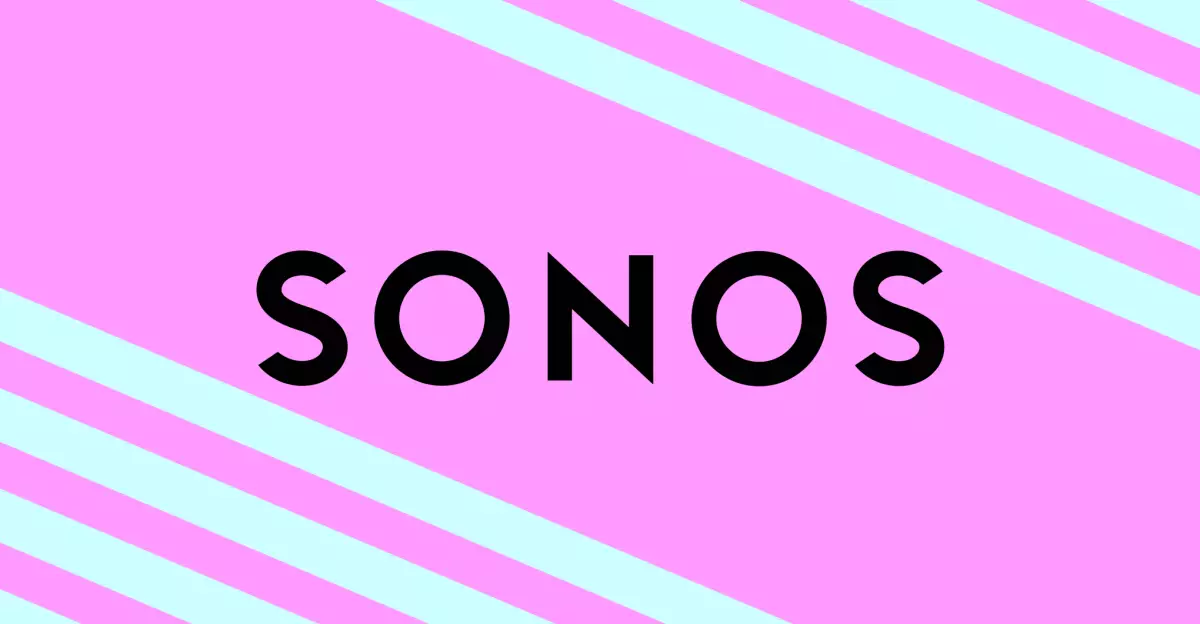Sonos, the renowned audio brand, has emerged from a tumultuous period of criticism related to its app’s controversial redesign with a pronounced commitment to its users. Under the direction of Chief Innovation Officer Nick Millington, the company has pivoted away from a top-down approach to a highly engaged dialogue with its user base. Millington’s assertion that they are “100% focused” on understanding and responding to customer feedback indicates a vital shift in Sonos’ operational ethos. The essence of their ongoing reform appears to be driven by genuine concern for enhancing user satisfaction—an admirable trait in today’s tech landscape, where rapid innovation often comes at the cost of user experience.
Navigating user feedback: Not just a checkbox
Millington’s transparency regarding the challenges his team has encountered is refreshing. Sonos acknowledges that the redesign left several features that users cherished in the past on the cutting room floor. This acknowledgment isn’t merely reactive but seems to stem from a deep-seated ethos of improvement that prioritizes long-term user relationships over temporary gains. The dual focus on diagnosing every user issue and filling in gaps in functionality underscores a strategic, user-centered approach. Customers now have a voice, and it appears that Sonos is intent on listening. Critics may argue that true empowerment comes not just from acknowledging faults but actively transforming them into strengths, and in this regard, Sonos seems to be on the right path.
Incremental Improvements: A Sign of Progress
The incremental changes announced by Millington signify a promising trajectory. Features like alarm snoozing and improved queue management respond directly to user pain points, demonstrating that the company isn’t merely paying lip service to feedback. Moreover, allowing users to check the battery status of portable speakers is a thoughtful touch that enhances usability on the go. However, the pace of these improvements raises questions. Despite the team’s efforts, the absence of critical features such as playlist editing and the ability to queue entire folders from local libraries remain a glaring oversight. This sends a message that while Sonos is moving in the right direction, its execution could benefit from a more agile development process.
Sonos’ Brand Identity and Future Potential
The journey Sonos is undertaking is indicative of a larger trend within the tech industry: brands willing to evolve in accordance with user expectations are those that thrive. As a company rooted in audio tradition, tying its identity to an unwavering focus on quality and user experience has the potential to further strengthen its brand loyalty. Millington represents not just a leader but a bridge—connecting the technological aspirations of Sonos to the real-world needs of its customers.
Interestingly, the challenge for Sonos will be to maintain this momentum. Will they be able to balance innovative growth while swiftly addressing user concerns? This dichotomy will define the company’s future, making it incumbent upon them to harness the power of user feedback not just as a temporary tool, but as an ongoing philosophy that bolsters their brand narrative. The immediate task is clear: continue engaging users and making significant strides in application performance, functionality, and overall satisfaction.

